Do College Athletes Get Paid?
Access thousands of exclusive scholarships
for free
- 01Do College Athletes Get Paid?
- 02What Benefits Do College Athletes Receive?
- 03How College Athletics Works
- 04Athletic Scholarships and Recruiting
- 05Why Student Athletes Should Be Paid
- 06Laws to Increase Compensation for College Athletes
- 07Frequently Asked Questions Regarding Compensation for College Athletes
The world of college sports is a vibrant and highly profitable industry. Each year, millions of fans tune in to watch college athletes compete in various sports, generating substantial revenues for universities and sports organizations. Amidst the excitement of college athletics, prospective college athletes in high school may wonder about compensation for their participation in athletics programs.
In this Bold article, we'll delve into the complex and controversial issue of whether college athletes get paid, how college athletics works, and college athletic scholarships.
Current student-athletes and high school athletes who hope to play at the college level can earn money from athletic scholarships. Athletic scholarships award high school student-athletes and college athletes with extraordinary talent and commitment to sports and academics.
Create a free Bold.org profile today to start applying for athletic scholarships and other scholarships for high school and college students.
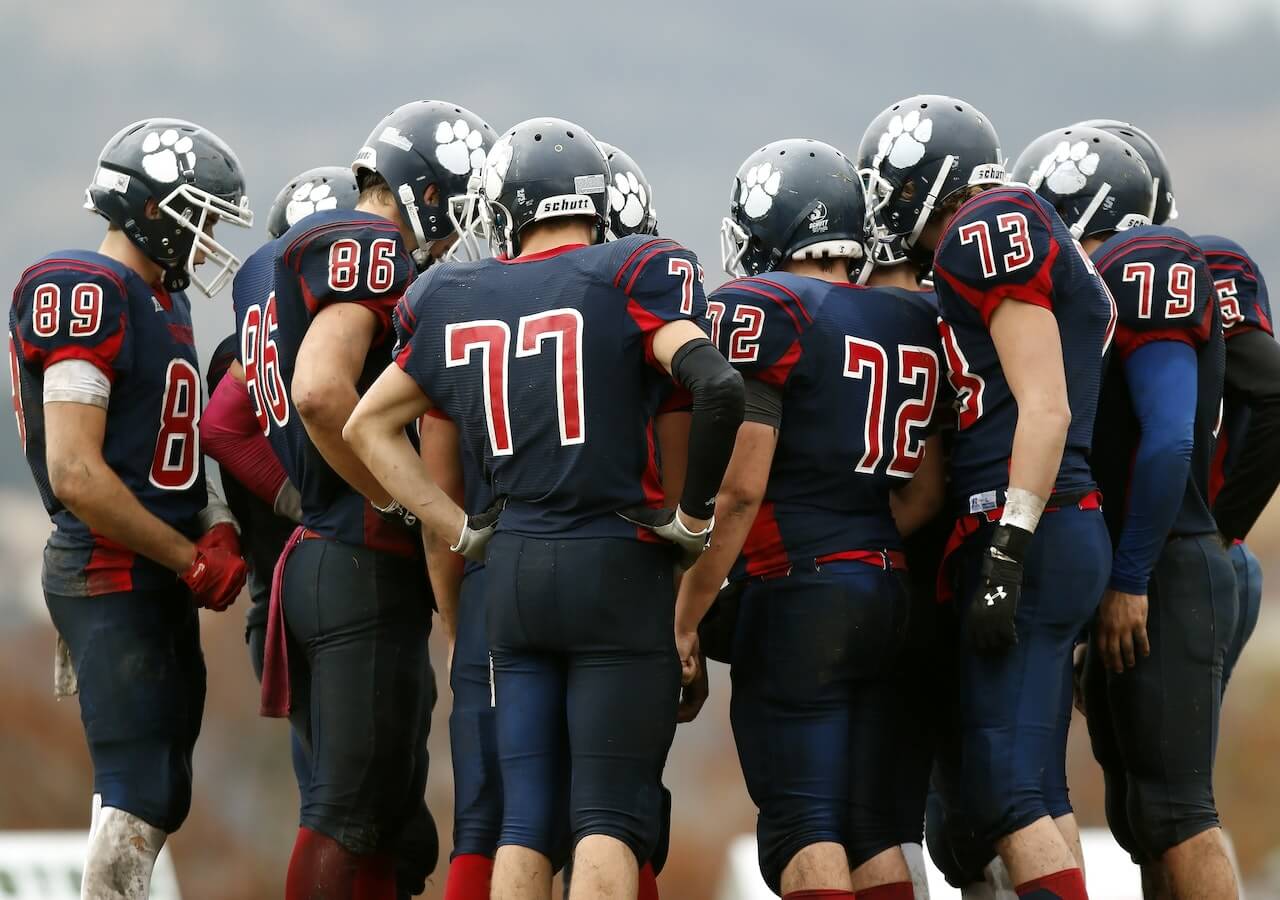
Do College Athletes Get Paid?
Student-athletes in the United States are not paid salaries like professional athletes. Instead, student-athletes are "paid" through athletic scholarships that usually cover part of their tuition.
The National Collegiate Athletic Association (NCAA) operates under the amateurism model, prohibiting student-athletes from being compensated beyond scholarships and other benefits.
Student-athletes may receive partial scholarships or full-tuition scholarships, room, board, and other benefits such as academic support and healthcare. Still, they are not paid in the form of a salary.
The Supreme Court ruled in 2021 that student-athletes could receive payment for using their names, images, and likenesses.
This ruling enables student-athletes to receive compensation via booster gifts, agreements with companies to utilize their names, images, and likeness, and endorse products. They can also earn through corporate sponsorships and support from other sources.
Get Matched to Thousands of Scholarships
Create your Bold.org profile to access thousands of exclusive scholarships, available only on Bold.org.
Create Free ProfileWhat Benefits Do College Athletes Receive?
Many schools award college athletes with athletic scholarships that may cover part or all of student athletes' tuition.
According to the NCAA, NCAA athletes participating in Division I and Division II sports receive $2.9 billion in athletic scholarships yearly. However, the average amount of an athletic scholarship is $18,000 - only a small fraction of tuition for private universities or out-of-state tuition for public universities.
Student-athletes in "head count" sports such as Division I Football, Division I Men's Basketball, and Division I Women's Basketball often receive full scholarships that cover tuition and fees.
Create Your Free Profile to Apply for Athletic Scholarships Today!Other student-athletes in "equivalency sports" receive a fraction of the total scholarship amount allocated to their coach, meaning that these scholarships are divided amongst players according to their coach's discretion. All in all, only 1% of student-athletes receive full-tuition scholarships.
In addition to scholarships provided by universities, student-athletes can apply for athletic scholarships on Bold.org. Check out this exclusive blog post to learn more about how to get an athletic scholarship!
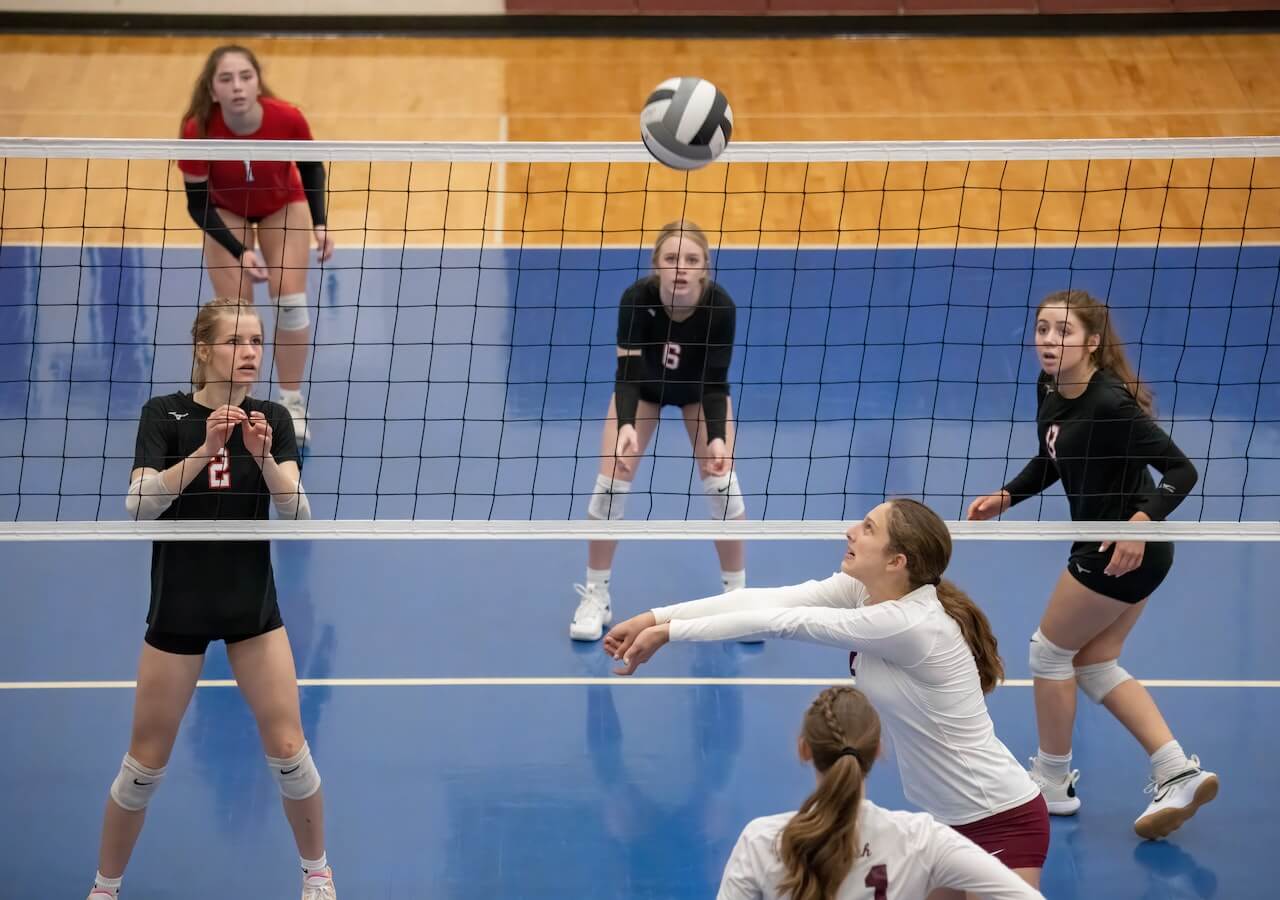
How College Athletics Works
College athletics in the United States operates under the governance of the National Collegiate Athletic Association (NCAA), a nonprofit organization responsible for overseeing and regulating intercollegiate athletics. The NCAA is divided into three divisions: Division I, Division II, and Division III, each with its own set of rules and regulations.
Division I
Division I is the highest level of competition in collegiate sports and includes large universities with significant resources. Within Division I, universities field teams in various sports, including basketball, soccer, baseball, track and field, and many more. These teams compete in conferences, which are groups of schools geographically aligned to foster regional rivalries.
Football is a particularly popular sport within Division I college athletics. Schools in the Football Bowl Subdivision compete in high-profile football conferences and have the potential to participate in lucrative bowl games. In contrast, FCS schools compete in a separate championship playoff.
Read more about the top 25 football schools through this exclusive blog post!
NCAA athletes in Division I sports are most likely to receive full scholarships, particularly if they play in a "head count" sport. College athletes in Division I also often receive significant media exposure, and their performances can impact potential careers in professional sports.
Division II
Division II institutions offer a balanced approach to college athletics, providing competitive opportunities to their student-athletes while emphasizing the importance of academics and a well-rounded college experience.
Like Division II, Division II universities have intercollegiate teams that compete in various sports, but they generally have smaller athletic budgets and offer fewer athletic scholarships.
Division III
Division III places the highest emphasis on the student-athlete experience. Colleges and universities in Division III prioritize the integration of athletics with academics and the overall college experience. Student-athletes in Division III are not eligible to receive athletic scholarships.
While Division III athletics may not receive the same media attention as Division I, the commitment and dedication of collegiate athletes in this division are no less significant. Many Division III athletes excel on the field and in the classroom, showcasing the value of a well-rounded college experience.
Looking to be a gymnast? Browse our gymnastics scholarships today!
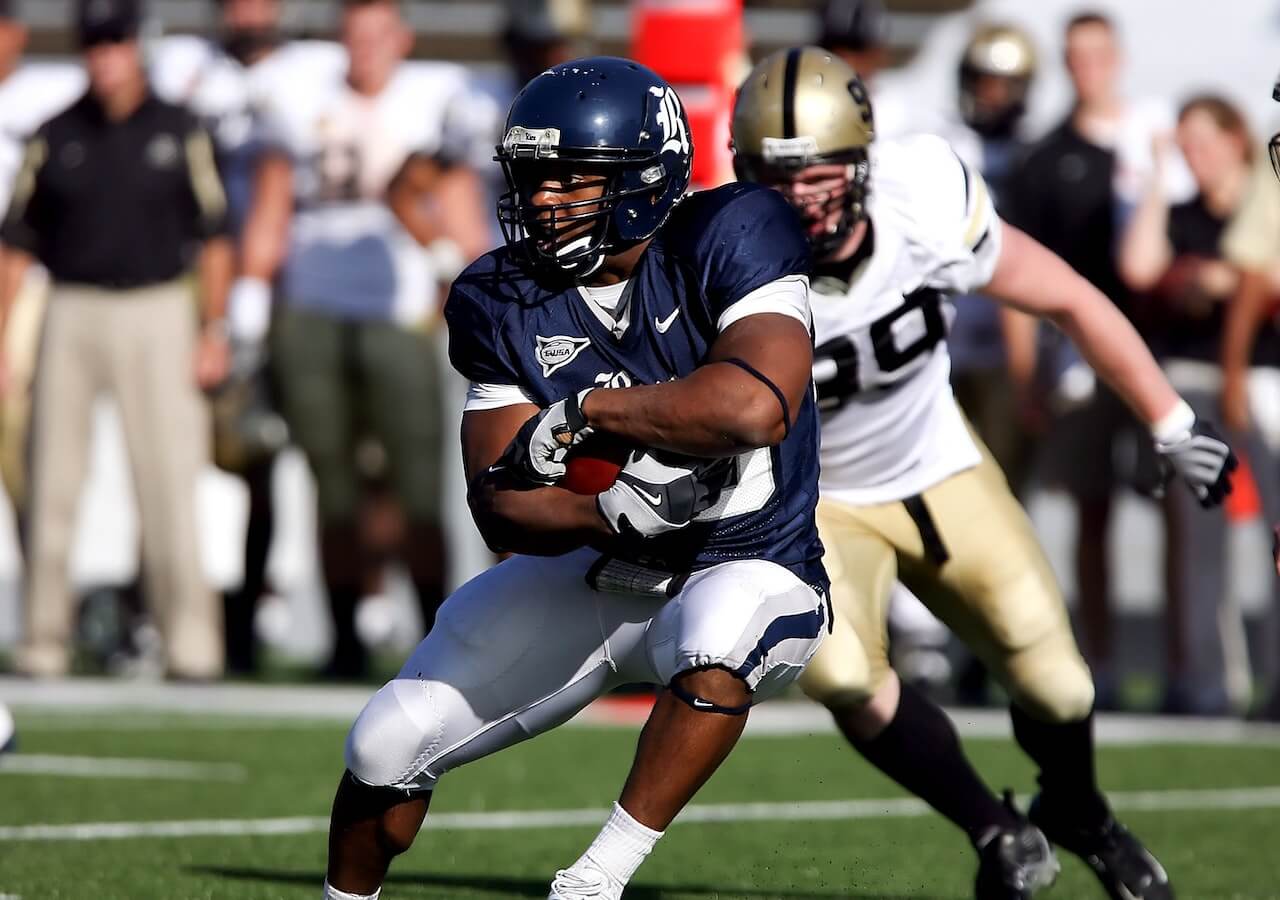
Athletic Scholarships and Recruiting
In Division I and Division II, athletic scholarships are offered to talented student-athletes to help cover the cost of attendance at the university.
Coaches are crucial in recruiting, identifying promising athletes, visiting high school teams and clubs, and building relationships with potential recruits. Scholarship offers can significantly impact an athlete's ability to play collegiate sports. As mentioned previously, however, most college athletes do not receive a full scholarship.
Read this blog post about the best baseball colleges in the United States!
Why Student Athletes Should Be Paid
Supporters of paying college athletes argue that the current system is inherently unfair, with athletes generating billions of dollars in revenue for their universities while sometimes struggling to meet basic needs as college students.
Equitable Distribution of Revenue
In 2019, college athletic programs generated $14 billion in total revenue. Furthermore, over 100 college athletics coaches in Division I earn over one million dollars annually, and the top 25 football coaches earn an average of 5.2 million annually.
Critics of the NCAA's amateurism model point to the vast sums of money generated by college sports, particularly in college football and basketball, where television deals, corporate sponsorships, and ticket sales bring in millions of dollars. While universities, coaches, and administrators reap the benefits, college athletes receive little beyond their scholarships.
Time Commitment Required for Intercollegiate Athletics
Furthermore, college athletes face grueling schedules, rigorous training sessions, games, and travel, often needing more time to focus on academics and other extracurricular activities. Financial compensation for their participation in athletics programs would help alleviate athletes' financial burdens from losing time for part-time jobs and help them better balance academic and athletic responsibilities.
Making College Athletics Accessible to All Students
In particular, college athletes from low-income backgrounds may struggle to cover most of their daily expenses with only partial scholarships. Paying student-athletes could help level the playing field by offering additional financial support to those who need it most, bridging the economic divide between student-athletes and non-athletes.
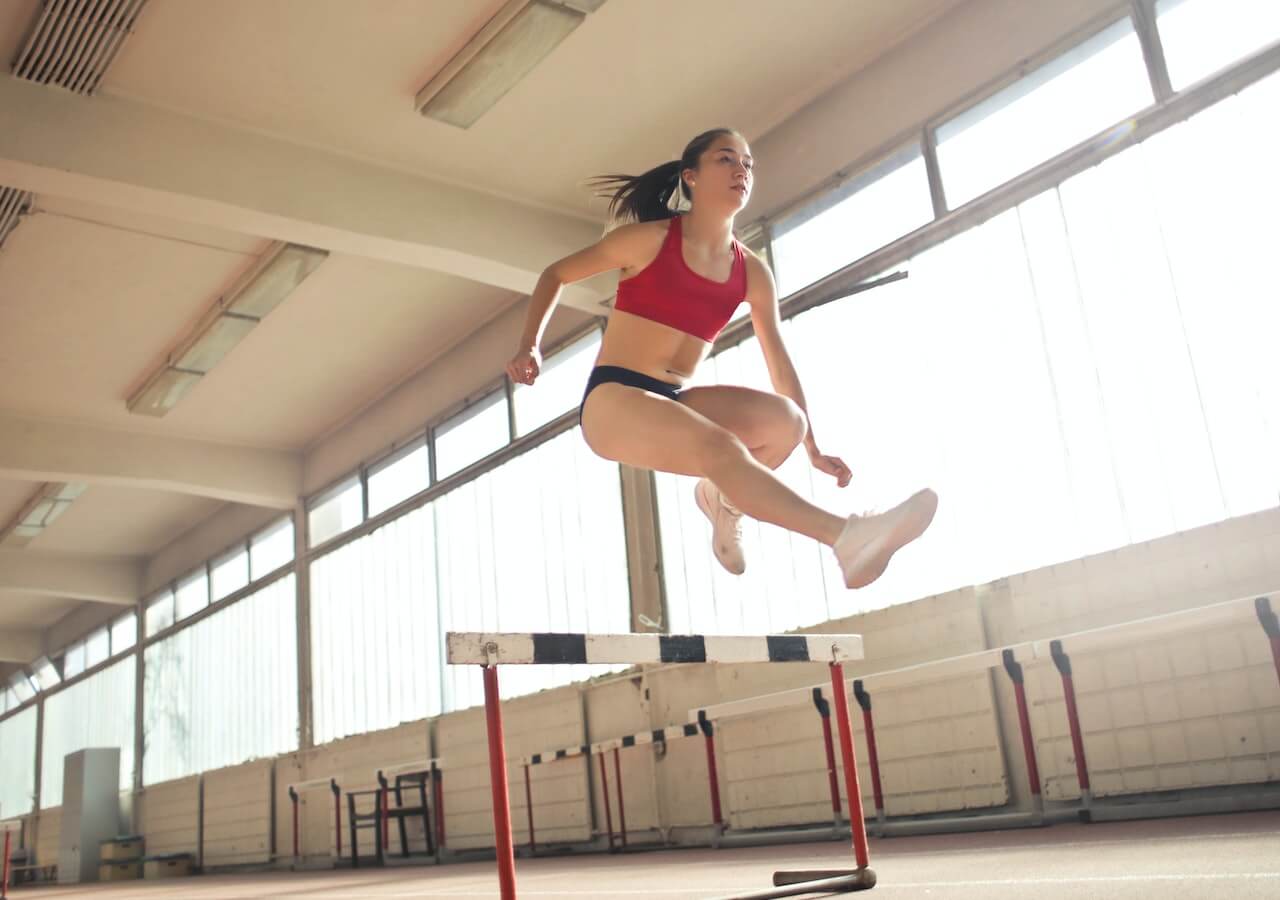
Possibility of Injury
Participating in high-intensity sports carries inherent risks of injuries, and serious injuries can have long-term consequences on a college athlete's career prospects and physical health. By receiving compensation, athletes would have financial security in case of injuries, giving them better resources to cope with potential setbacks. If an injury interrupts a student athlete's prospective career, paying college athletes offers a financial safety net to support their transition to life after sports.
Laws to Increase Compensation for College Athletes
In 2019, California Governor Gavin Newsom signed the Fair Pay to Play Act, allowing college athletes in California to sign endorsement deals with brands. The law went into effect this year on January 1, 2023, opening a new avenue for college athletes to be compensated for participating in college sports.
At a national level, Senator Chris Murphy of Connecticut introduced the College Athlete Economic Freedom Act in 2021, allowing student-athletes to unionize and earn money off their name, image, and likeness. The College Athlete Economic Freedom Act died in the previous Congress, but the bill's provisions could be re-introduced as part of a new bill in the future.
In 2021, the Supreme Court Justices unanimously decided that the NCAA could not prohibit compensation for education-related-benefits. However, the limited scope of the ruling might not revolutionize the NCAA's amateurism model as anticipated by some but is a step in the right direction.
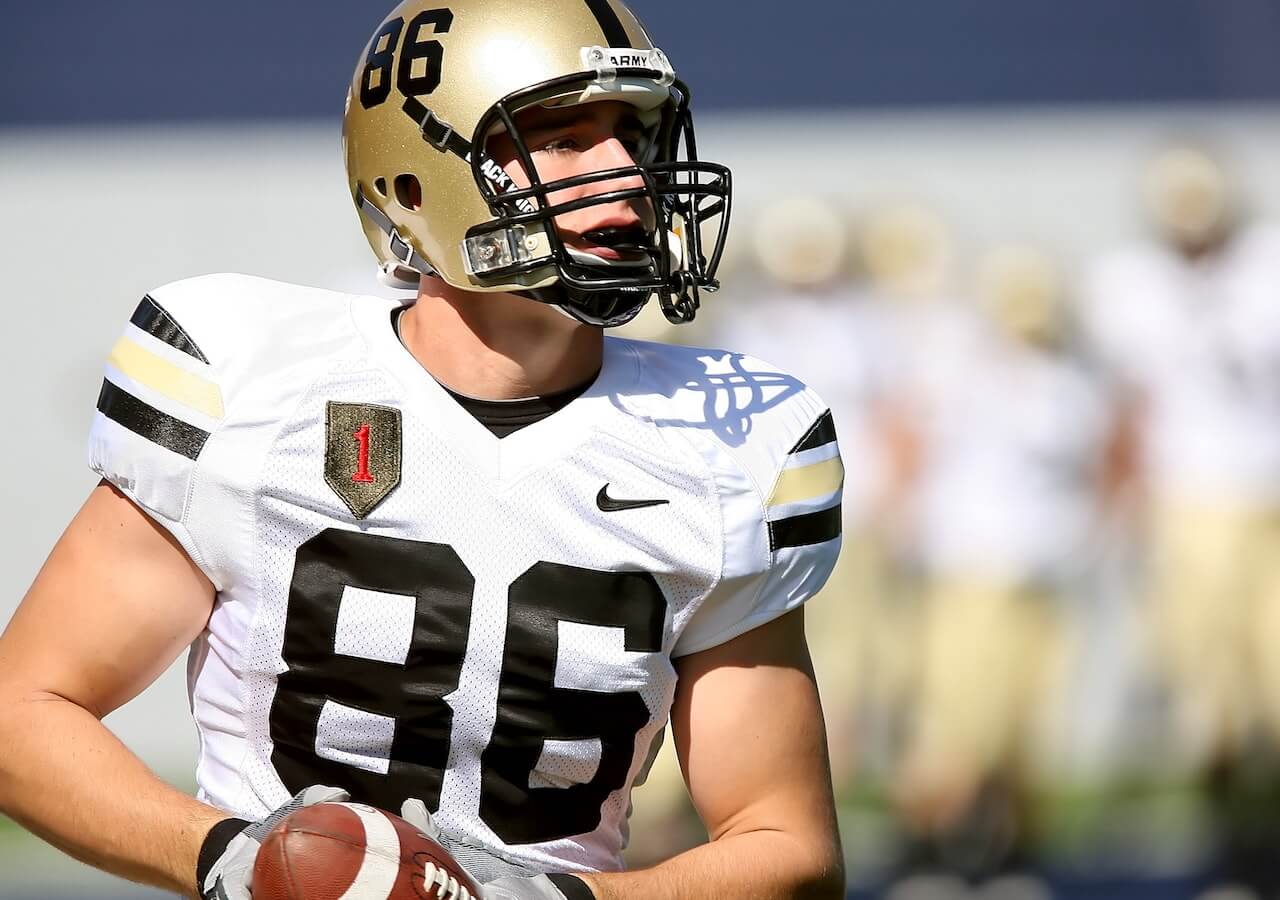
Frequently Asked Questions Regarding Compensation for College Athletes
Are college athletes currently paid for their performance in college sports?
College athletes are not currently paid for participating in college sports in accordance with the NCAA rules. Some college athletes receive "compensation" through partial or full athletic scholarships, but student-athletes do not receive a salary.
However, it's important to note that the landscape of college sports has been evolving, and there are ongoing debates regarding the issue of compensating college athletes. Some state laws allow athletes to profit from their name, image, and likeness rights, providing opportunities for corporate sponsorships and brand deals.
What are the potential challenges of paying student-athletes?
Introducing payment for college sports raises complex questions about how such compensation would be regulated to ensure fair compensation and prevent potential recruiting violations. Furthermore, revenue generated from high-profile sports might primarily benefit those programs, potentially exacerbating disparities between sports programs and men's and women's sports.
How can I get recruited as a college athlete?
To maximize your chances of getting recruited as a college athlete, begin the recruiting process as early as possible, ideally during your sophomore or junior year of high school. Build a strong athletic profile, attend college sports camps and showcases, utilize online recruiting platforms, and engage with college coaches.
Remember to create a free Bold.org profile to start applying for scholarships, and check out our scholarship blog to learn more about financial aid, applying to college, and more!

About Nicole
Nicole is a freelance writer based in Brooklyn, New York, who specializes in science and health writing, social justice issues, and nonprofit writing. Nicole graduated from Brown University with Bachelor’s degrees in English Literature and Ethnic Studies, receiving Honors in Ethnic Studies for her senior thesis on contemporary poet Ocean Vuong. During her time at Brown, Nicole served as a staff writer and section editor for The College Hill Independent (“The Indy”), New England’s largest alt-weekly publication. Notably, their contributions to the publication include news pieces analyzing complex social justice issues.
Her piece Imagining Indigenous Futures: The Fight to Save the West Berkeley Shellmound received the Barbara Banks Brodsky Prize in Real World Writing from the Department of English. Nicole is also an experienced writing instructor, having served as a Writing Fellow at Brown University for three years, and is trained in anti-racist and accessible pedagogies of teaching writing. She currently works as a writing tutor and executive function coach with ConnectToLearn Tutors.
Nicole is no longer with the Bold.org Writing Team, but we continue to value and appreciate her contributions.
